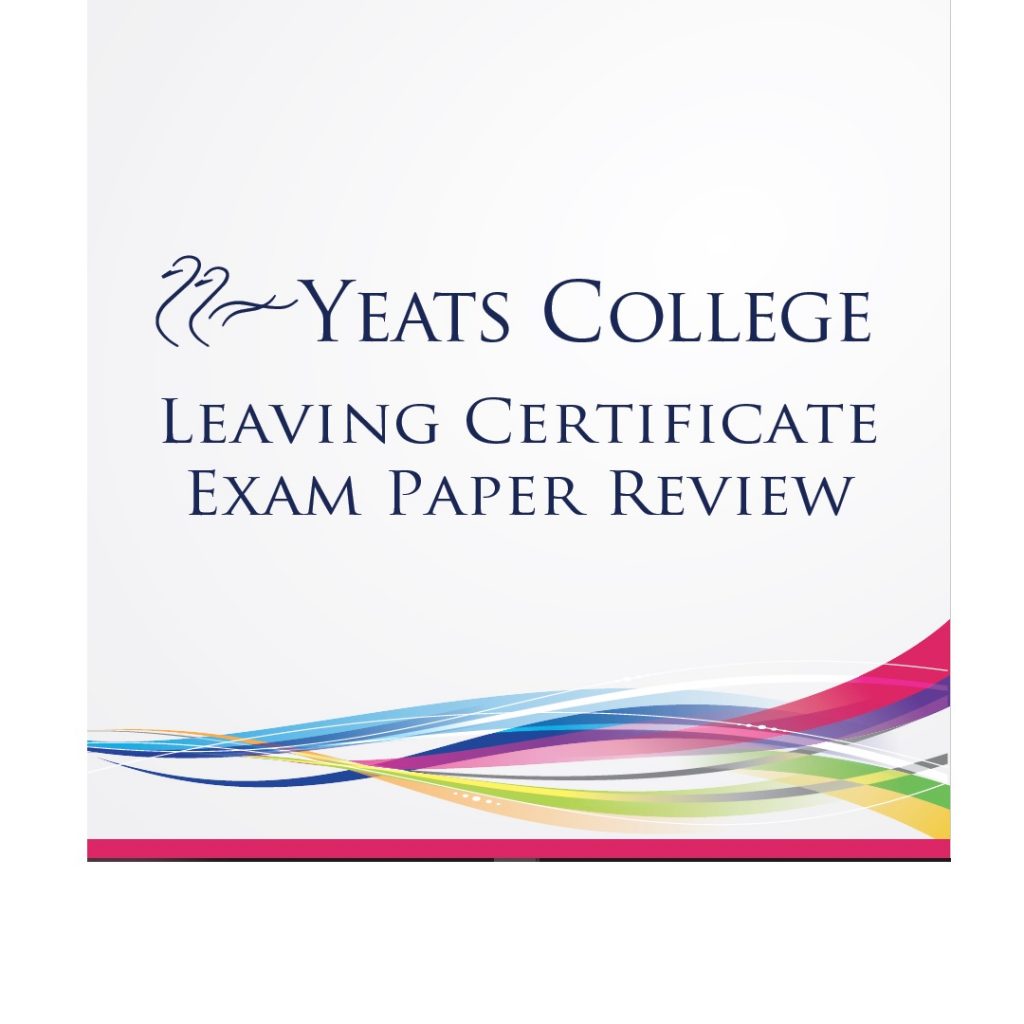by Shauna Mujic
Overall, the new economics paper was challenging, but engaging and topical. In line with last year, the extra choice granted was welcomed by all students. In this second year of the new exam, it is becoming very clear that there is a definite move away from the need for “rote learning” and an emphasis on students to apply the textbook theory and having their own opinion on some real-life economic issues.
Section A (short questions) provided a good mix of topics. Some of these questions were very approachable, such as question 1 on Price Elasticity of Demand and The Law of Demand, and question 3 on the new Minimum Unit Price of Alcohol and Market Failure. Certainly, there were some short questions that were more complicated in nature, such as question 2 on the Balance of Payments and whether it would have an expansionary or contractionary effect on the economy. Students will have found this one quite difficult to interpret. It made a nice change to also see the Production Possibility Frontier feature in question 10, which is a new topic on the course, however students were then asked to calculate the opportunity cost of moving production from one point to another, which most will have found very challenging. As students only needed to answer 5 out of these 10 short questions, all students would have found this section manageable overall.
In Section B (long questions), students welcomed the variety of long questions in this paper, where all questions contained a mixture of different topics from the various strands. Even the well-prepared student was required to think on their feet, use their initiative and apply their textbook knowledge to some abstract questions throughout this section. As seems to be very clear in this new style of economics exam, anyone who attempted to cut out topics would have struggled greatly.
There were some very and relevant fair questions here, such as rents, demand and supply and opportunity cost featuring in question 11, and inflation, costs and the gender pay gap in question 14. There were some very topical features throughout questions, such as the effects of Brexit and the new 15% corporation tax. Question 16 was also very approachable on social sustainability, a low carbon economy, and graphing minimum pricing (creating excess supply) in the fast fashion market.
Overall, students who understood the important concepts and material and who gave themselves the time to adapt and choose wisely in this exam will have been rewarded with the opportunity to shine.






